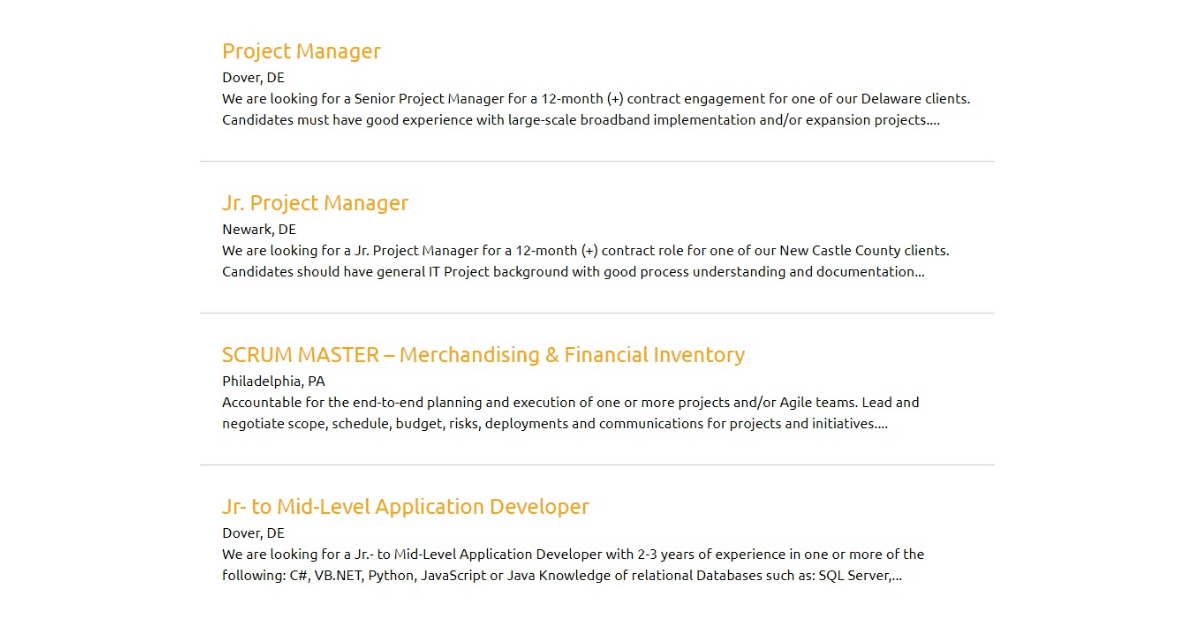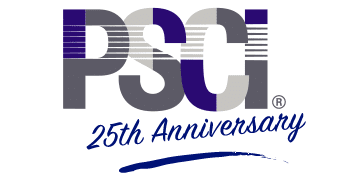When you see job titles such as accountant, teacher, ballerina, school bus driver, etc., you tend to know the general duties, and daily responsibilities, of each profession.
In the world of technology, however, job titles can be a bit more ambiguous.
Take software engineers, for example. Their daily duties and responsibilities may vary from company to company.
Company A may have them be responsible for building applications from the ground up. Company B, however, may employ them to modify existing applications.
This can create issues when recruiting for certain positions.
That’s why, in this blog post, we’ll be examining the importance of job titles. We’ll look at why mistitling a role can be problematic as well as how to title a role to ensure you’re attracting the talent you desire.
Why Job Titles Are So Important in IT
Job titles are the foundation of the recruitment process and can significantly influence the outcome of recruitment efforts.
To employees, their job title is a summary of who they are and what they do. For potential employees, it’s their first idea of what a job is about as well as a view of where they can be.
Mistitling, however, can lead to higher turnover rates and longer-lasting vacancies.
While a well-written, detailed job description should define the daily responsibilities of any particular role, certain applicants may not be able to look past the job title itself.
It may also hurt the visibility of your job posting.
For example, using specific jargon or company lingo might seem like a good idea to attract just the right person, however, it is more likely to limit your candidate pool.
That’s because it’s unlikely that potential candidates would be familiar with your company specific language. What’s more, uncommon words are rarely searched for, making recruitment efforts exponentially more difficult.
Using job titles that sound fun and exciting, such as “Coding Ninja” and “Rockstar Developer,” can also be a recruitment misstep.
That’s because young technologists are beginning to shy away from roles with such titles.
Instead, they’re opting for roles with the more “boring” and traditional job title, software developer.
And while technologists want the technology, project, and applications they’re working on to be fun and exciting, they also want to be fairly compensated.
Look no further than the perceived difference between engineer and coder.
A role that uses the title coder, whose job responsibilities may mirror that of a software engineer, will not see as many applicants as the role titled software engineer. That’s because engineers typically make the most, while coders make the least.
Which brings us to how to correctly title a role.
Though the roles of software developer, software engineer, programmer, and coder are oftentimes used interchangeably, the duties of each are usually unique to each individual company. Due to this, you could end up with an individual whose skill level or knowledge falls below your company’s needs.
To help make roles more clear, use labels such as junior, mid-level, and senior. That way, it doesn’t matter if your company prefers an engineer or developer, you’re more likely to find your desired talent-level.
If you are looking for something more specific, narrowing the job title may be your best bet.
For example, title your role, “Full-Stack Developer” or “JavaScript Engineer.” This will help weed out applicants for particular roles and help candidates describe their strengths upfront. Easing the job of hiring managers and speeding up the hiring process.
Of course, partnering with a staffing firm, such as PSCI, can alleviate all of your hiring concerns. At PSCI, our IT staffing services are designed to tackle your business challenges, large and small. Our rigorous screening process ensures you’re receiving only the most highly qualified IT professionals with the exact qualifications needed, no matter their previous job titles, to make an immediate impact.








